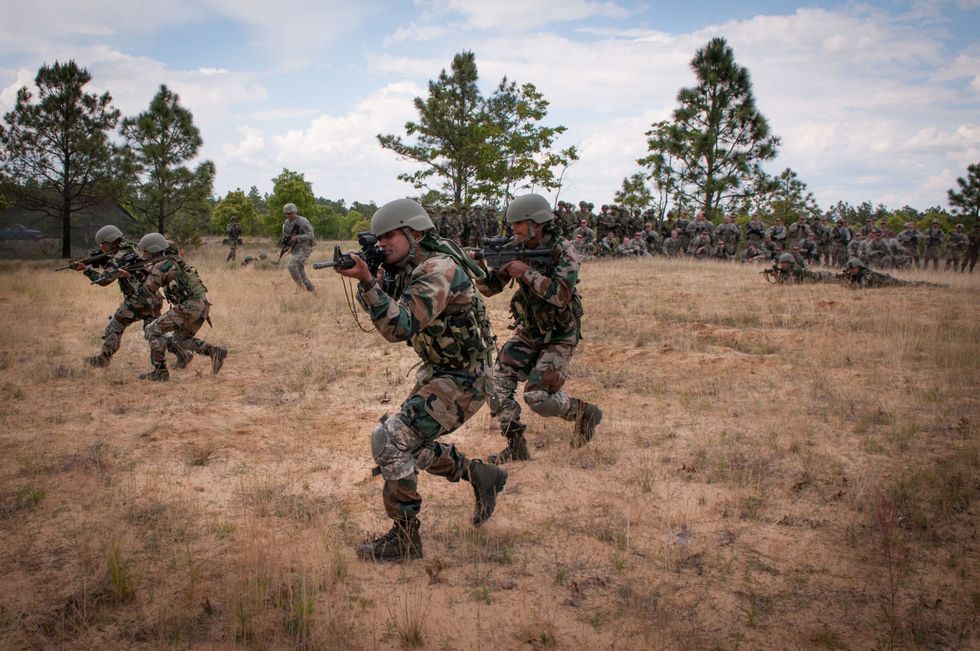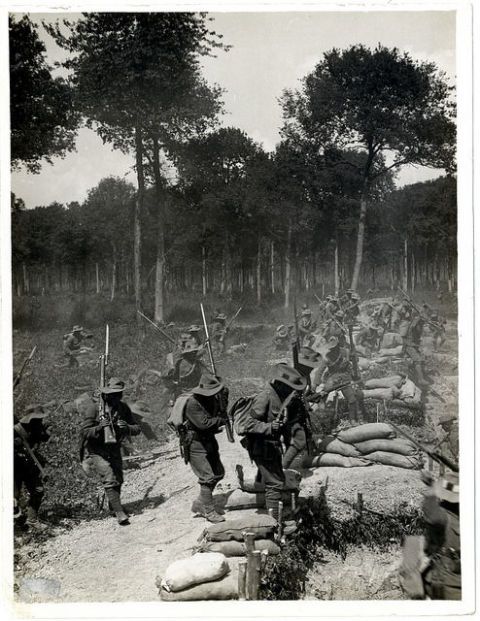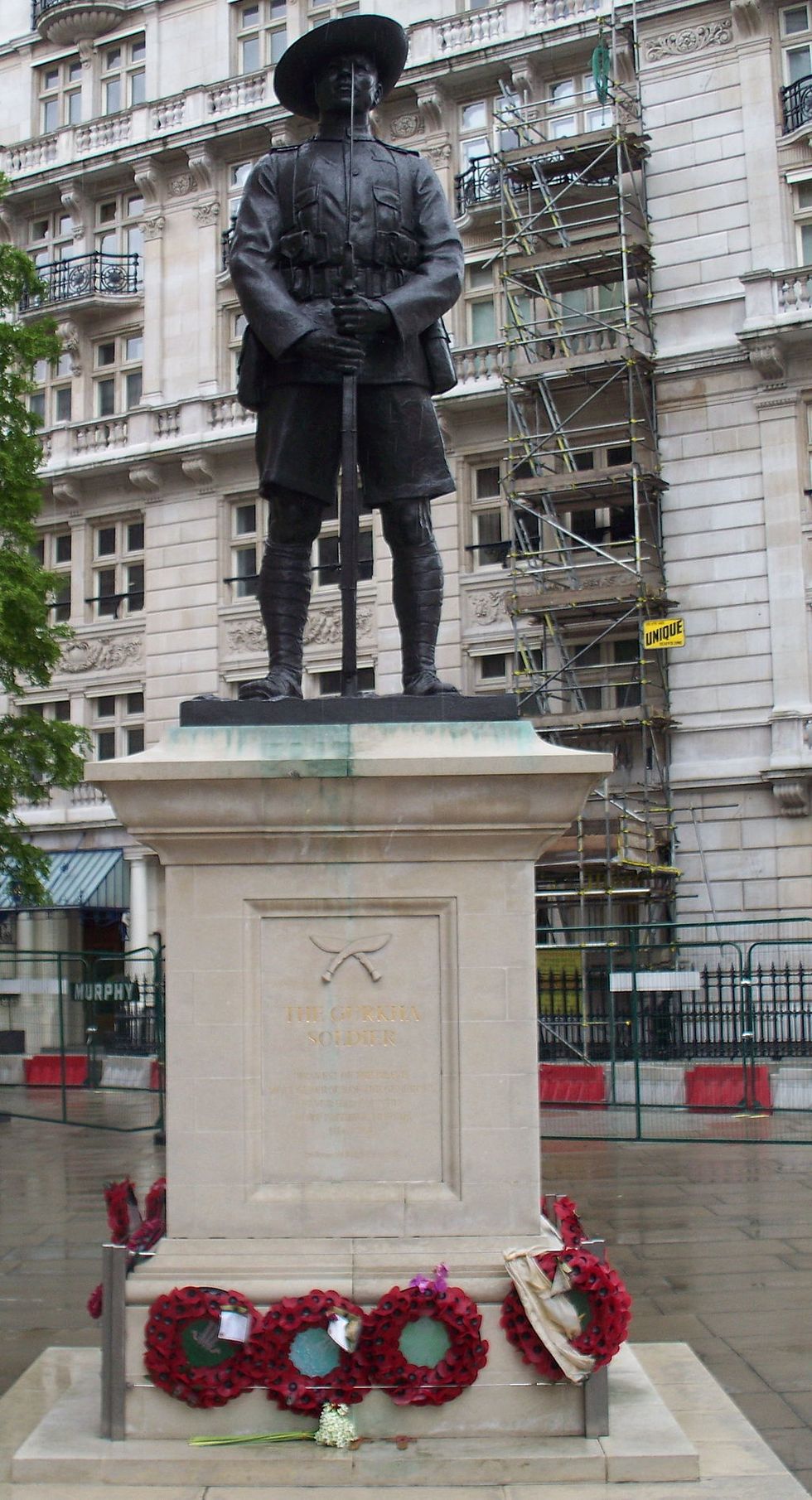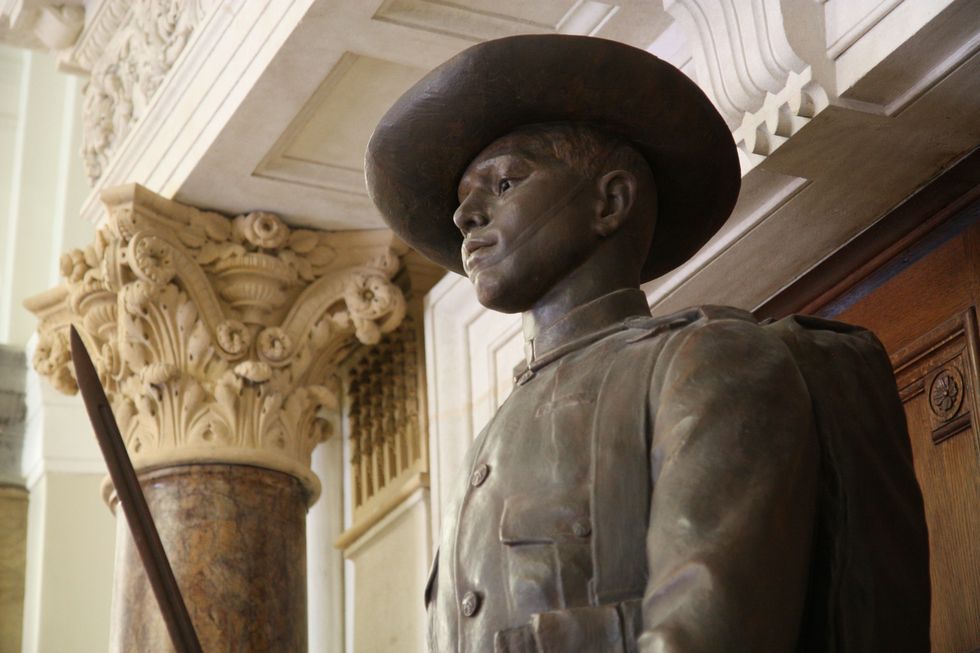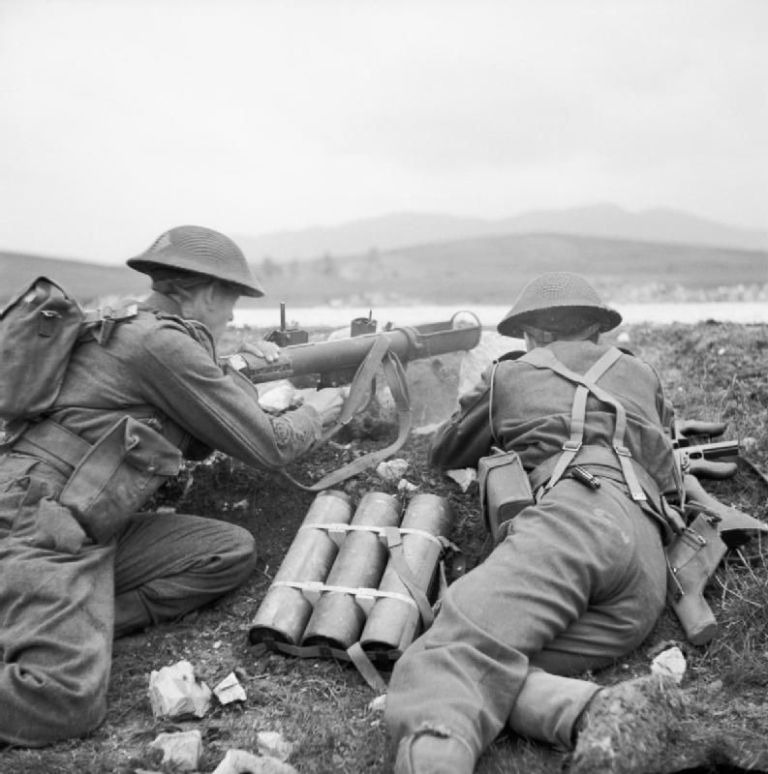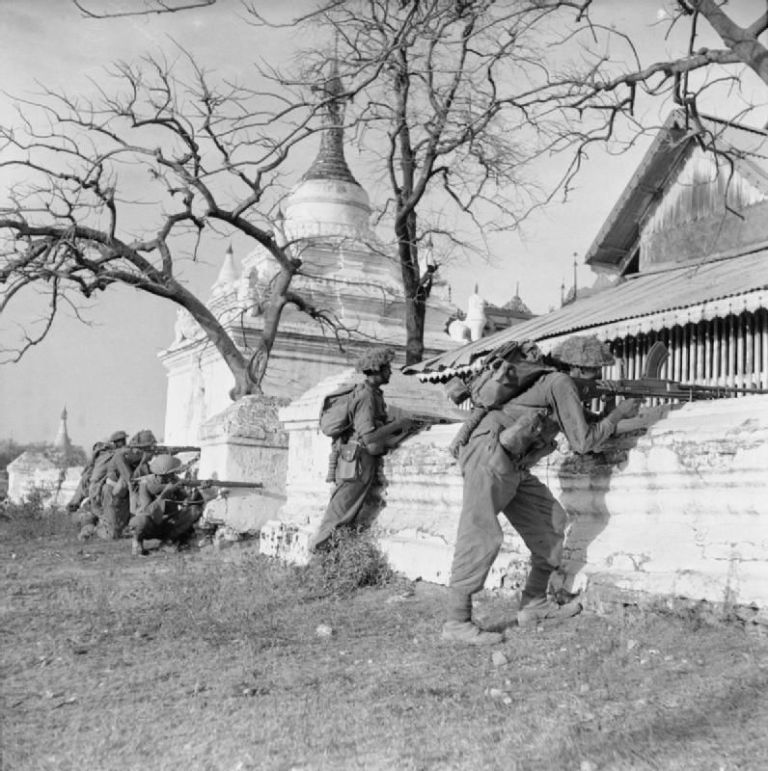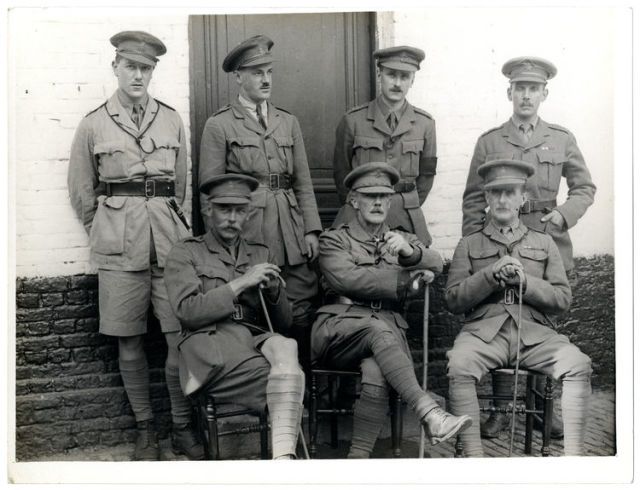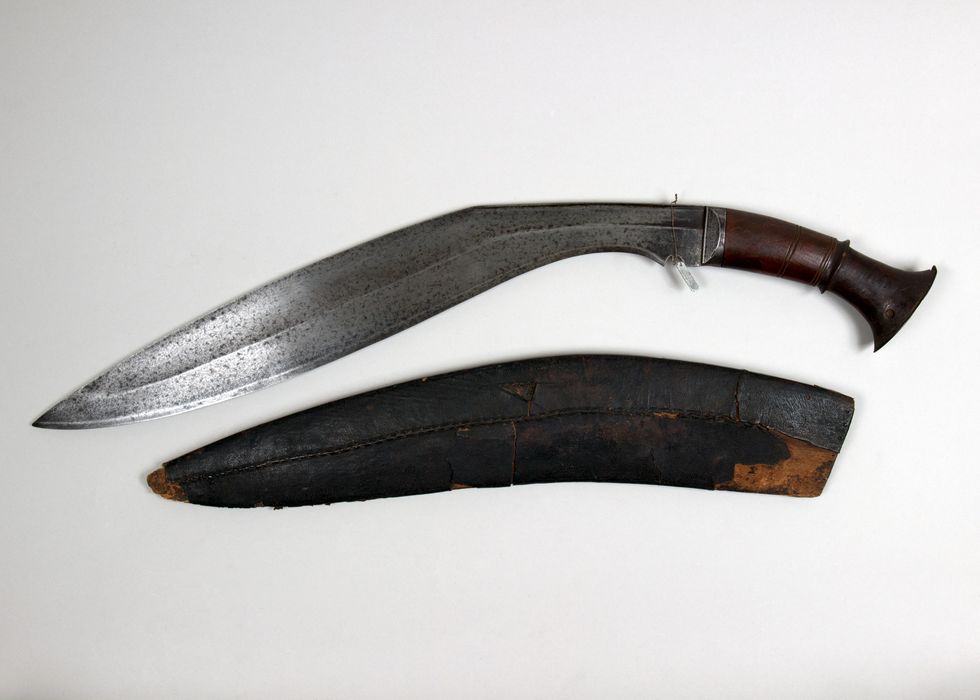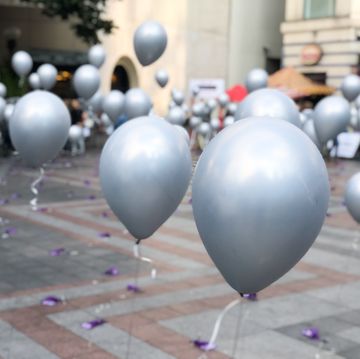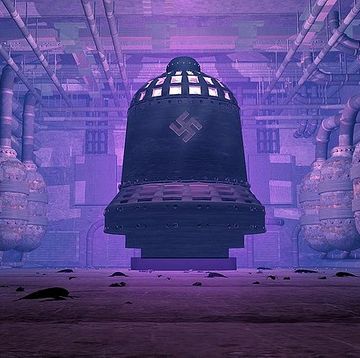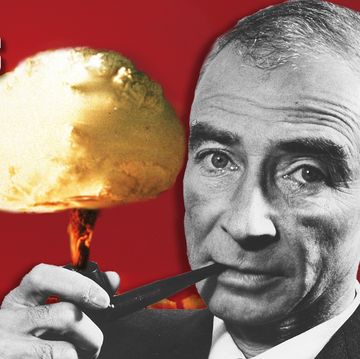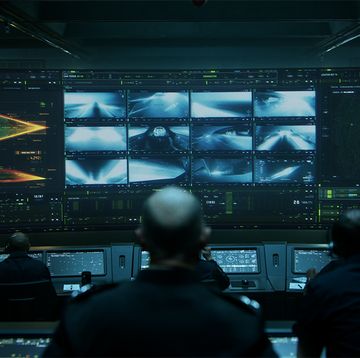10 Stories That Prove Gurkhas Are the Fiercest Fighters on the Planet
These warriors can take down tanks and fight battalions independently and on foot.
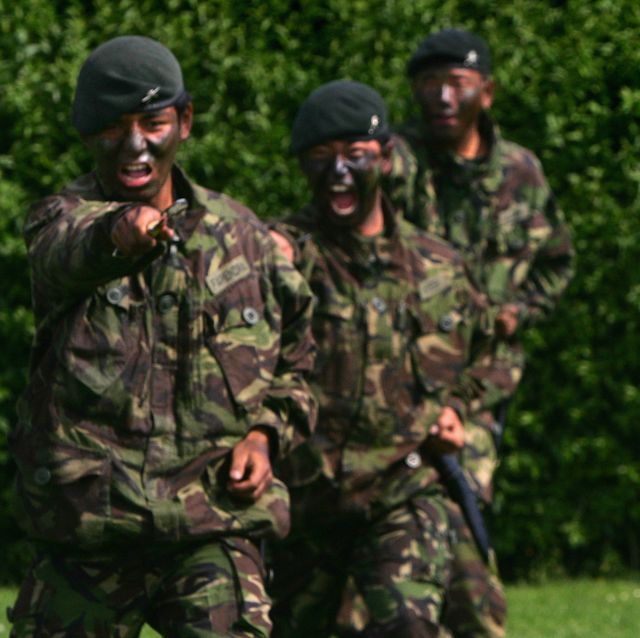
In 1815, the British Army tried to conquer Nepal, but it was easily defeated by Nepal’s warriors: the Gurkhas. So the British officers decided that, if they couldn’t beat them, they’d get the Gurkhas to join them. A peace agreement ceased all British conquest in Nepal, and the Gurkhas agreed to be recruited into the Crown’s military.
➡ You love military history. So do we. Let’s nerd out over it together.
The Gurkhas have fought in several wars, including both world wars and the Falklands War. Known as some of the most skilled and fierce warriors in the world, the Gurkhas have impressed (and terrified) everyone around them. Here are some of the bravest soldiers and stories to ever come out of the Gurkha ranks.
Jonathan works in New York and still often stops to marvel at the skyscrapers, where he finds inspiration for his writing. He's previously written for Newsday and Smithsonian Magazine.
Watch Next


The Pentagon Created a New Underwater Predator

Everything You Need to Know About Camouflage

Ufology: From Fringe Field to Serious Science
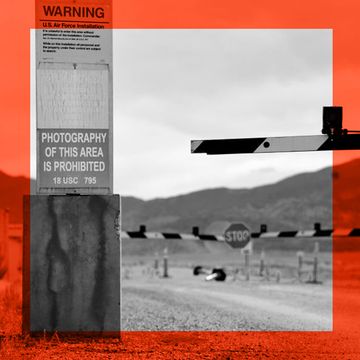
The Truth About Area 51

